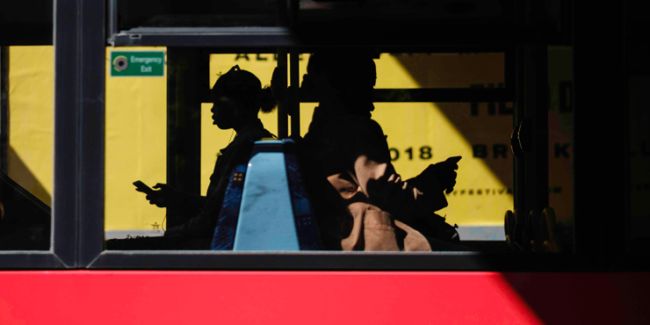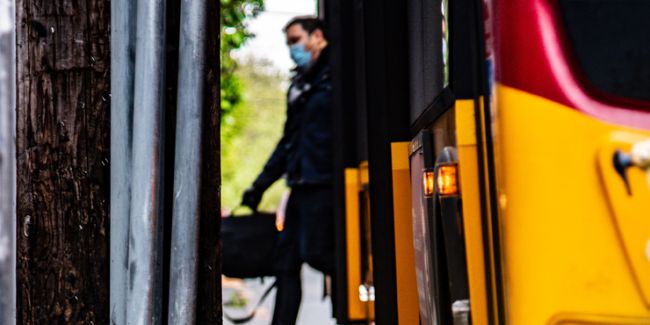Livability and the value of public spaces
Cost-Benefit Analysis methods are used to prioritize projects, but they require access to quantifiable measures of benefits.

What makes a public space more attractive than another? Can we measure the economic value of streetscape improvements to help direct public funding toward the most promising projects? Which street features will deepen the social fabric of a city?
Those questions are at the center of many American cities today. Scarce resources coupled with growing city centers make it all the more challenging to prioritize revitalization projects. There is a need to understand the value of the various benefits from street improvements to help justify funding. However, it can be difficult to quantify the value of public realm improvements. Cost-Benefit Analysis methods are used around the world to prioritize projects, but they require access to quantifiable measures of benefits. What is the added benefit of a bench to a city plaza? Would adding tables be more effective than adding more green spaces? Those are difficult decisions that have no straightforward answers and require an in-depth analysis of the inner dynamics of each city.
Today’s trend is a return to urban living, a reversal from the rapid suburbanization and sprawling communities of the 1950s. City centers are (re)becoming places where one can live, play and work. As a by-product, city officials around the country are working to render those city centers more livable by encouraging street life, increasing safety and reducing vehicular traffic.
Public spaces play a vital role in the social and economic life of cities, and well-designed city plazas and streets provide clear evidence of the importance of public space in creating safe, livable communities. They deepen the social fabric, enhance street life and contribute to social cohesion. A variety of street and plaza improvement projects can be proposed to achieve these goals; projects ranging from short-term plaza improvements using temporary materials to actual street reconstructions which are more expensive and require larger amount of funding.
Understanding the value of public realm improvements can both help secure and justify funding. Proper valuation of these amenities considers not only costs and benefits of construction and materials, but also the greater societal value.
Steer believes that understanding residents’ valuation of urban spaces and streetscape features is instrumental in measuring social benefits for project appraisal and prioritization. Collecting behavioral data of residents is needed to understand the value placed on public space features. We use a livability valuation methodology that combines focus groups, urban design and behavioral expert panels, and contingent valuation techniques to quantify streetscape improvements. These quantitative contingent valuation techniques include Stated-Preference and Best-Worse Scaling scenarios proposed to obtain monetized valuations of various improvements.
It can be challenging to devise appropriate payment mechanisms, the value options survey respondents can select for a specific amenity. We have developed methods to overcome these challenges to derive a valuation for the improvements. The Steer methodology is the first to quantify livability with innovative payment mechanisms designed to assess the value that residents place on public space amenities for Cost-Benefit Analysis and project appraisal purposes.
The livability valuation methodology Steer has developed can help quantify public space amenities and move towards a standardized system to understand improvements equitably.



















